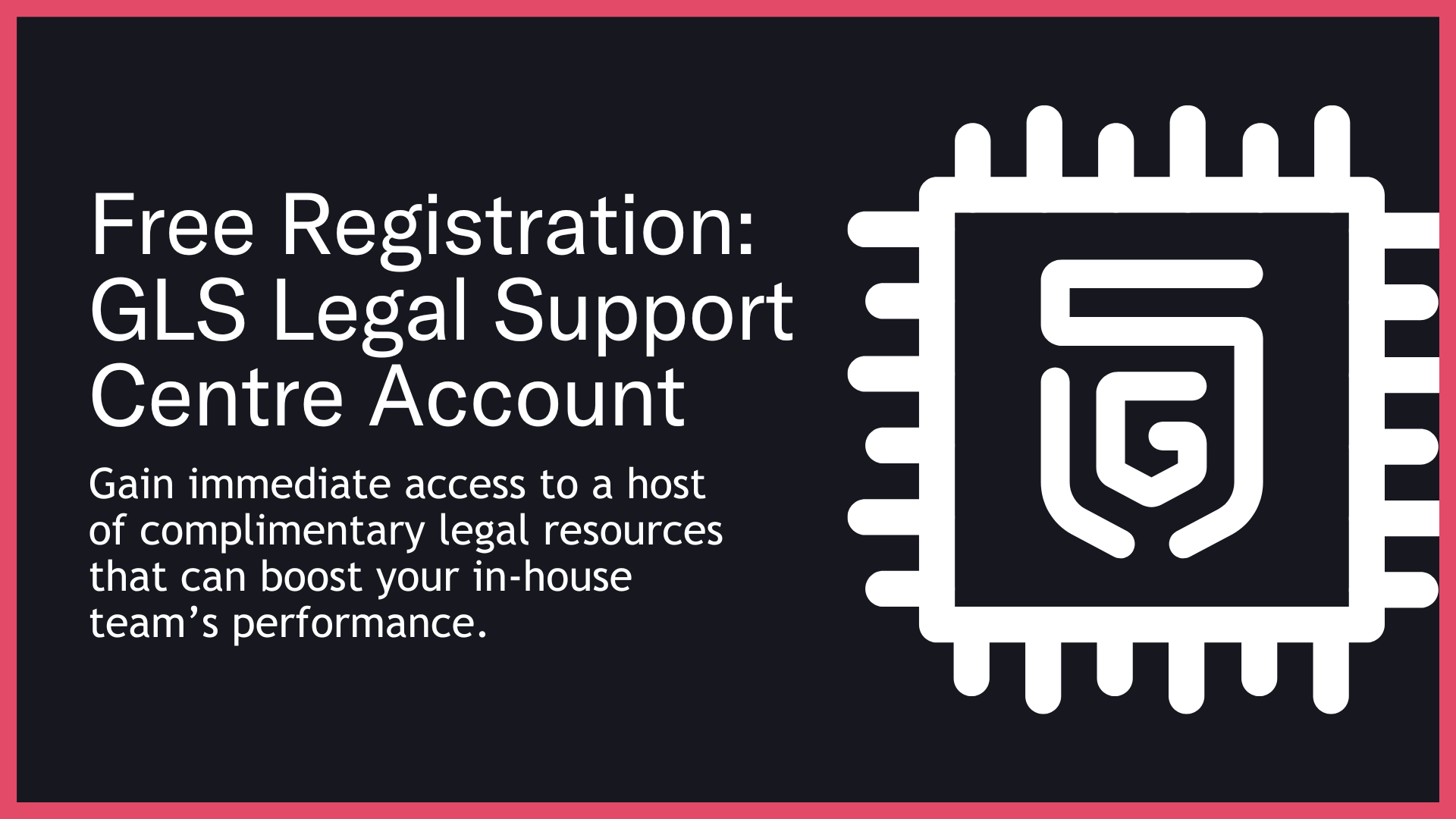GLS Legal Support Centre
Legal Made Easy For Startups
Back
Debt Arrangements
02What is Debt Financing?
03Why This is Important
04Consequences of Not Addressing This Issue
05What You Should Be Doing
06Models of Debt Financing for Start-Ups
07Case Studies
08Key Legal Definitions Related to This Issue
09PAAs (People Also Ask)
010Final Thoughts
011How GLS Can Help You
Introduction
“Debt is the cheapest money you’ll ever take - until it isn’t.” - Matt Glynn
For start-ups, debt financing can feel like a golden shortcut: no dilution, more capital, and credibility with lenders. But every dollar borrowed is a dollar that must be repaid - often at the worst possible time. Debt financing is not inherently bad; it’s a powerful tool. But used carelessly, it can strangle a start-up before it matures.
What is Debt Financing?
Debt financing is when a start-up borrows money under a legally binding contract to be repaid over time, usually with interest. Unlike equity, lenders don’t take ownership - but they do take priority.
Debt can include:
◼️Bank Loans / Credit Facilities - term loans, overdrafts, revolving credit.
◼️Shareholder Debt - loans from existing shareholders and/or founders.
◼️Venture Debt - loans from VC investors, often with equity warrants.
◼️Convertible Debt - loans that flip into equity later.
◼️Government Loans / Grants - subsidised debt for SMEs or start-ups.
◼️Asset-Based Lending - borrowing against receivables, stock, or equipment.
Why This is Important
This is an important stage of the start-up journey because:
◼️Preserves equity - avoids dilution and keeps founders in control.
◼️Credibility boost - signals trust from banks or institutions.
◼️Runway extender - venture debt can buy time between rounds.
◼️Predictable costs - interest may be cheaper long-term than equity.
◼️Legal constraints - loan covenants can restrict freedom and flexibility.
Consequences of Not Addressing This Issue
Legal Implications
- Poorly drafted covenants can give lenders veto rights over key decisions.
- Breach of loan terms may trigger immediate repayment (“acceleration”).
- Security documents can give lenders control over assets in default.
Founder Relationship Issues
- Debt obligations shift focus from growth to repayment.
- Board tensions if some directors are risk-averse about leverage.
- Misalignment if founders prefer equity while investors push debt.
Commercial Implications
- Interest and repayments drain working capital.
- Default risk undermines supplier and customer confidence.
- Over-leverage can block future funding rounds.
Operational Implications
- Loan monitoring adds administrative overhead.
- Restrictive covenants may limit hiring, expansion, or M&A.
- Crisis mode if a repayment cliff coincides with slow revenue growth.
Biz Valuation Issues
- Excessive debt lowers attractiveness to VCs.
- Convertible debt with aggressive caps dilutes future valuation upside.
- Perceived “financial stress” if lenders are the only source of funding.
What You Should Be Doing
◼️Match loan to stage - avoid bank loans if cashflows aren’t stable.
◼️Negotiate covenants - push for flexibility to avoid strangling growth.
◼️Balance debt and equity - don’t over-leverage to avoid investor pushback.
◼️Stress-test repayment - model repayment obligations under worst-case revenue.
◼️Document properly - loan agreements, security interests, and board approvals must be watertight.
The above are just a few of the steps you can consider taking. There are many more things that need to be done to ensure the associated risks are effectively and pragmatically dealt with.
Models of Debt Financing for Start-Ups
◼️Traditional Bank Loan - stable but difficult to obtain without collateral.
◼️Venture Debt - for VC-backed start-ups needing non-dilutive runway.
◼️Convertible Debt - bridge loans converting later into equity.
◼️Asset-Backed Lending - borrowing against invoices or equipment.
◼️Government-Backed Loans - concessional but bureaucratic.
Case Studies
Tesla (2008-2010) - Government Loan Lifeline
Tesla secured a $465m U.S. Department of Energy loan during its early cash crunch. It funded the Model S launch and was repaid nine years early.
Lesson: Government-backed loans can accelerate growth - but credibility and compliance are critical.
Silicon Valley Start-Ups (Venture Debt Boom)
Companies like Uber, Airbnb, and Spotify all used venture debt to extend runway between VC rounds. While it avoided dilution, it added repayment pressure that only strong revenue growth could sustain.
Lesson: Venture debt is powerful if revenues scale, but lethal if they don’t.
3. WeWork (2019) - Debt as Desperation
Before its failed IPO, WeWork piled on billions in loans and bonds to fund expansion. When revenues collapsed, the debt burden nearly bankrupted the company.
Lesson: Debt without discipline compounds risk - lenders get paid before shareholders, often leaving nothing behind.
PAAs (People Also Ask)
PAA: Is debt financing good for start-ups?
It can be, but only with predictable revenues and carefully negotiated terms.
PAA: What is venture debt?
Specialist lending to VC-backed start-ups, often with warrants for equity upside.
PAA: How is debt different from equity financing?
Debt requires repayment and interest; equity sells ownership without repayment.
PAA: Do start-ups qualify for bank loans?
Rarely - unless they have collateral, revenues, or government backing.
PAA: Can debt financing affect valuation?
Yes. Moderate debt shows discipline; excessive debt signals distress.
PAA: What legal documents govern debt financing?
Loan agreements, security documents, subordination agreements, and covenants.
Final Thoughts
Debt financing is a double-edged sword. It can fuel rapid growth without giving away ownership, but it can also choke a start-up with repayment obligations and restrictive covenants. The trick is to pick the right type of debt, at the right stage, with the right legal protections.
How GLS Can Help You
GLS can help your start-up by:
◼️Structuring venture debt and convertible loans
◼️Negotiating covenants and repayment terms
◼️Drafting loan and security agreements
◼️Advising on thin capitalisation and tax rules
◼️Managing bank and government loan compliance
◼️Balancing debt vs equity in funding strategy
◼️Modelling repayment impacts on cashflow
◼️Protecting minority shareholders from creditor bias
◼️Preparing for investor due diligence on debt facilities
◼️Advising on debt restructuring or refinancing

